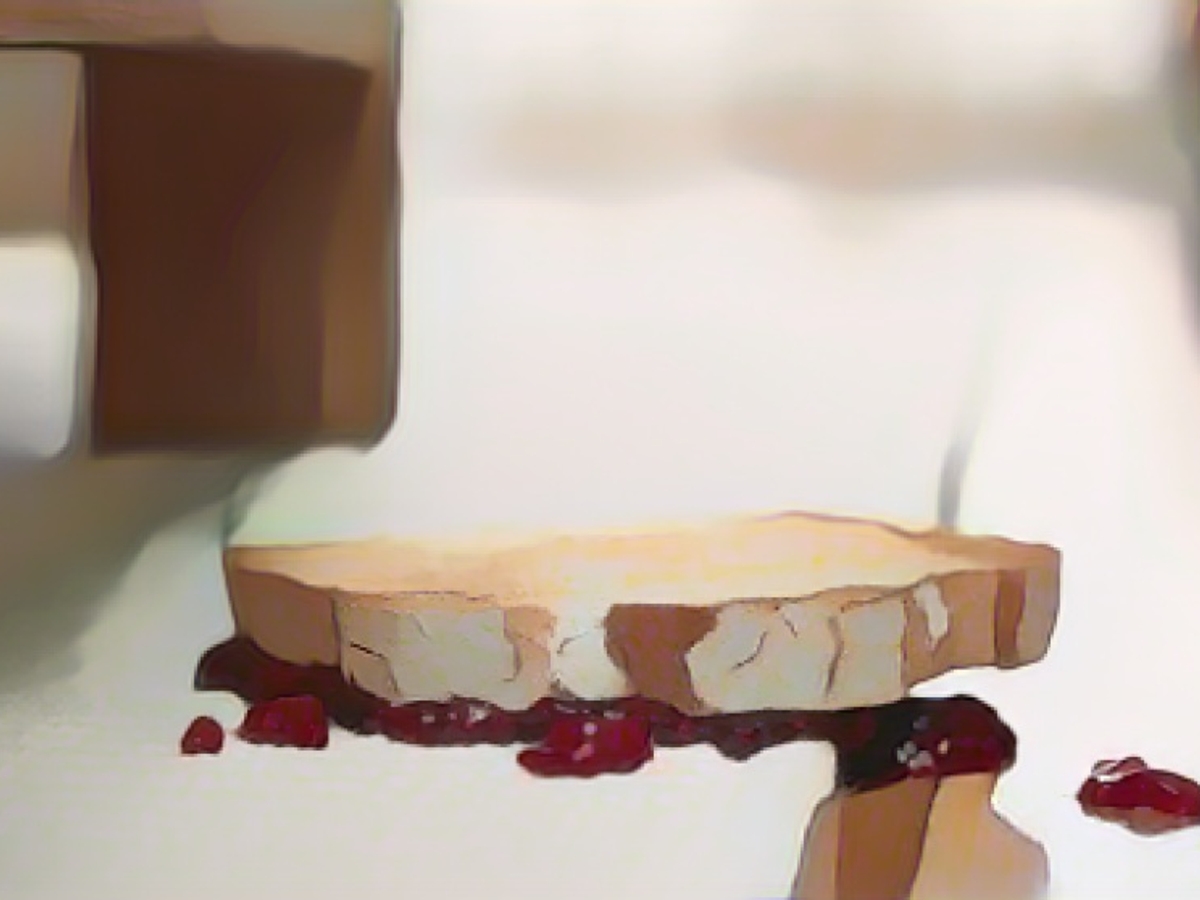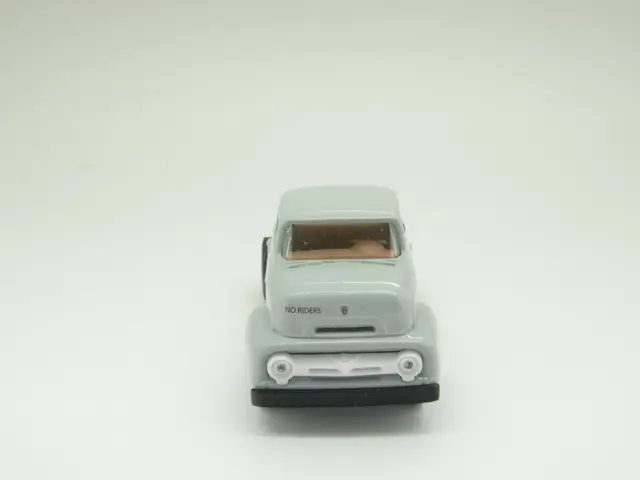Dropped Food: The Myth of the 5-Second Rule
We've all experienced that awkward moment when a bite of our favorite snack hits the floor. The instinctive response is to swiftly grab it, maybe give it a quick blow, and hope for the best. But does the 5-second rule really work? Let's delve into this age-old debate.
The 5-Second Rule: Myth or Reality?
Various scientific studies have examined the 5-second rule, and the results are far from consistent. One study published in 2014 revealed that time does indeed play a role in bacteria transfer, with moist food retaining more bacteria and carpeted floors being less of a problem compared to hard surfaces[1]. However, researchers from Rutgers University in New Jersey argue that contact time isn't as significant as the consistency of the food itself[1]. Liquid or moist foods tend to harbor bacteria more densely due to their affinity for spreading through liquids, and this process can occur within a second[1].
Should You Eat It or Toss It?
The 5-second rule can serve as a general guideline for assessing whether dropped food is still safe to consume. However, factors beyond time and whether the food landed on a carpet or hard surface come into play. For instance, clean kitchen floors at home provide a different context compared to a crowded canteen or the dirty sidewalk. If you want to be extra cautious, it's probably best to dispose of fallen food[1].
Additionally, bacteria and dust particles are not the only threats. Allergens, such as animal hair, can also be transferred to food, posing risks to those with allergies. To minimize the risk of bacterial contamination, it's recommended to clean the floor thoroughly after a food spill using a hygiene product[1].
The Final Verdict
So, what's the verdict? Does the 5-second rule hold water, or should we toss it out with the dropped food? The scientific consensus suggests that the rule is a myth. Research from institutions like Aston University and Rutgers University indicates that bacteria can transfer to food almost instantly, regardless of the time frame[2][3]. The transfer process is more dependent on the food's moisture and the surface it landed on[2][3]. Animal hair, dust particles, and bacteria can cause numerous health issues, from food poisoning to allergic reactions[2][3]. Ultimately, the best practice is to err on the side of caution and discard any food that has come into contact with potentially contaminated surfaces[2][3].
Stay vigilant, keep your kitchen (and floors) clean, and always prioritize health and safety when dealing with fallen food. Your taste buds will thank you!
Sources:
- [2] [3]
- [2] [3]
- [2] [3]
- [2] [3]
- [2] [3]
- [2] [3]
Enrichment Data:
The 5-second rule may be a popular folk wisdom, but scientific studies refute its reliability. Here are the key insights from various sources:
- Scientific consensus: Research from Aston University, Rutgers University, Clemson University, and Microbac Laboratories demonstrates that the 5-second rule is a myth. Bacteria can transfer to food almost instantly, regardless of time[2][3].
- Transfer mechanism: The transfer of bacteria is more dependent on the surface and the food's moisture, with liquids facilitating the spread of bacteria through moist or porous materials[2][3].
- Risk factors: The risk of ingesting harmful bacteria is not only about time but also about the surface and the type of food involved[2][3]. Even a small amount of bacteria can cause illness and disease[2][3].
- Practical advice: Experts recommend avoiding consuming food that has dropped on the floor, no matter the surface, due to the associated health risks[2][3]. Maintaining proper dietary habits and hygiene is crucial to minimize the risk of ingesting contaminated food[2][3].
In conclusion, the 5-second rule fails to provide a reliable determination of the safety of dropped food. To ensure health and safety, it is best to avoid eating food that has come into contact with potentially contaminated surfaces.








